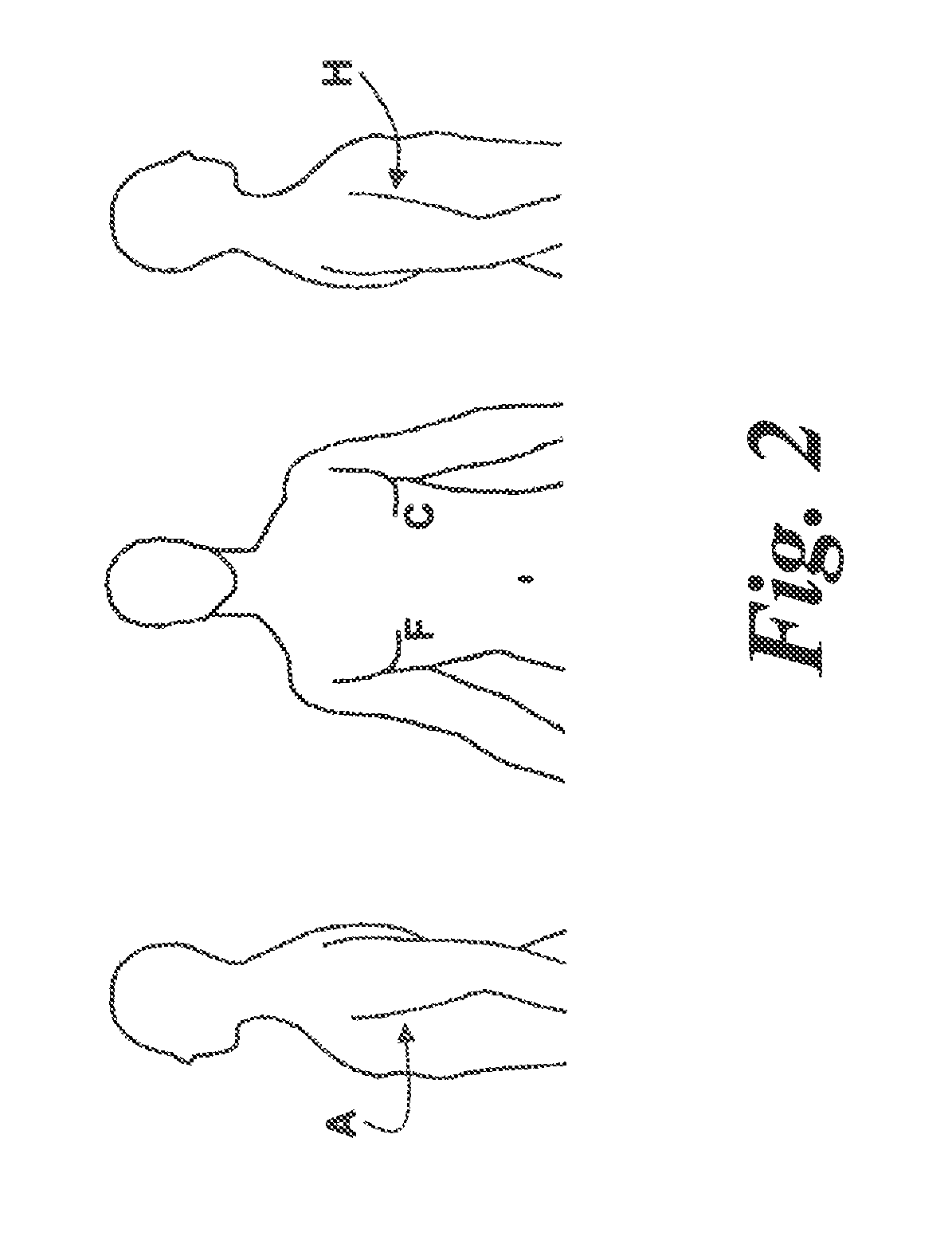Multivariate Residual-Based Health Index for Human Health Monitoring
a residual-based health index and human health technology, applied in the field of human health monitoring, can solve the problems of episodic and reactionary health care practices, little visibility of patient health, and considerable challenges in out-patient telemetry
- Summary
- Abstract
- Description
- Claims
- Application Information
AI Technical Summary
Benefits of technology
Problems solved by technology
Method used
Image
Examples
Embodiment Construction
[0025]There are a plethora of chronic ailments and illnesses of which a patient may suffer, but for which the patient cannot be kept indefinitely in a hospital. A patient may have heart failure, chronic obstructive pulmonary disease, renal failure, diabetes, early stage dementia and other conditions, which can devolve from a stable, managed state into an emergency health risk with little apparent warning. It is desirable to detect such devolution early because medical intervention at the early stage can prevent the emergency, avoid costs, prevent disease progression, and improve outcomes.
[0026]Even patients in the hospital under care of medical staff can develop complications that are best detected early. Patients on ventilators suffer a high rate of developing pneumonia. Infection and sepsis can occur due to hospital-acquired cross-contaminant infections or from post-surgical complications. Conventional bedside monitoring typically employs thresholds on vital signs to alert staff o...
PUM
 Login to View More
Login to View More Abstract
Description
Claims
Application Information
 Login to View More
Login to View More - R&D
- Intellectual Property
- Life Sciences
- Materials
- Tech Scout
- Unparalleled Data Quality
- Higher Quality Content
- 60% Fewer Hallucinations
Browse by: Latest US Patents, China's latest patents, Technical Efficacy Thesaurus, Application Domain, Technology Topic, Popular Technical Reports.
© 2025 PatSnap. All rights reserved.Legal|Privacy policy|Modern Slavery Act Transparency Statement|Sitemap|About US| Contact US: help@patsnap.com



